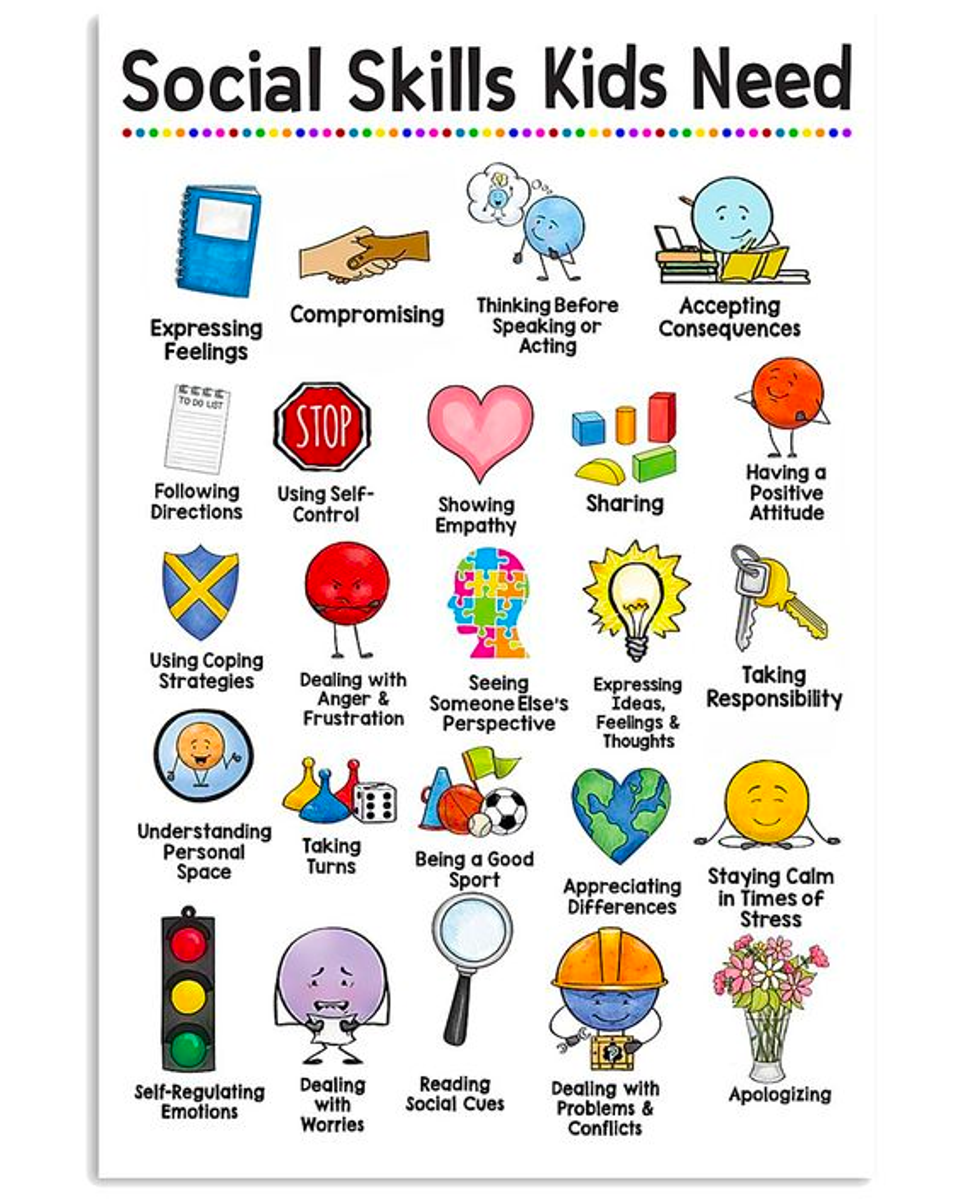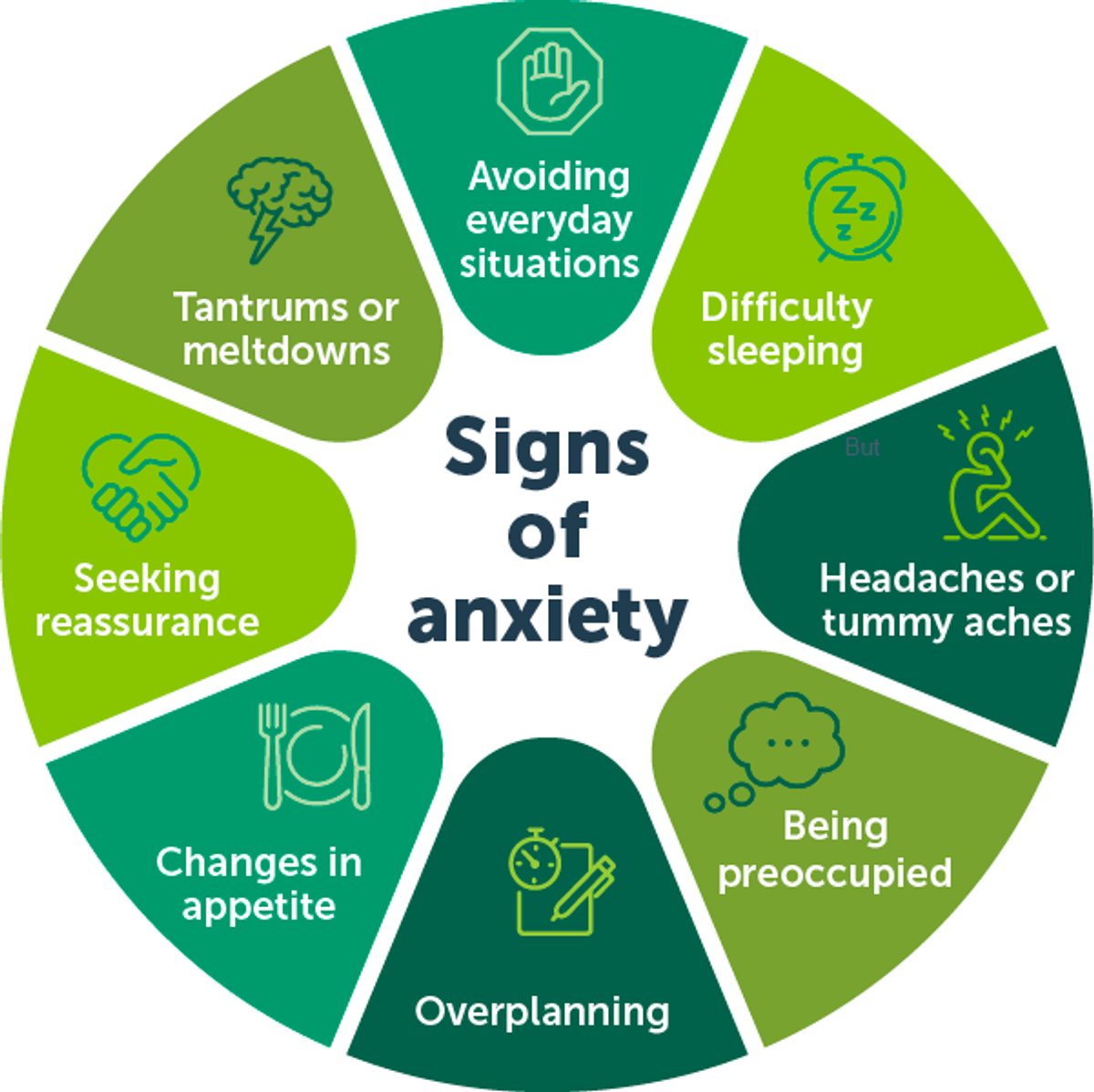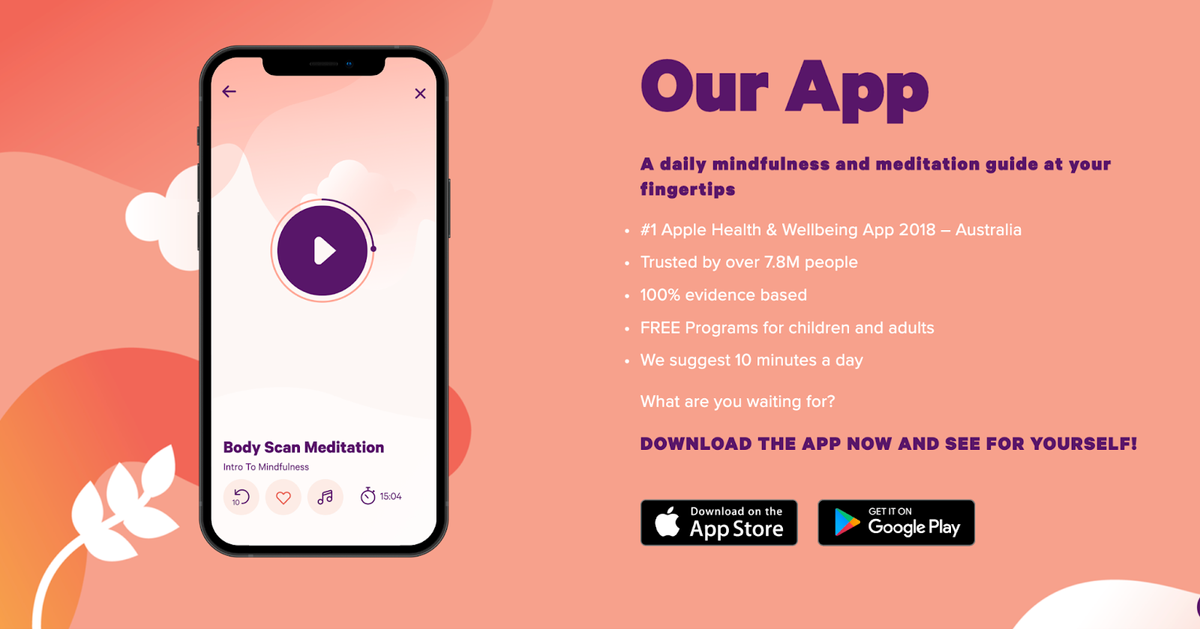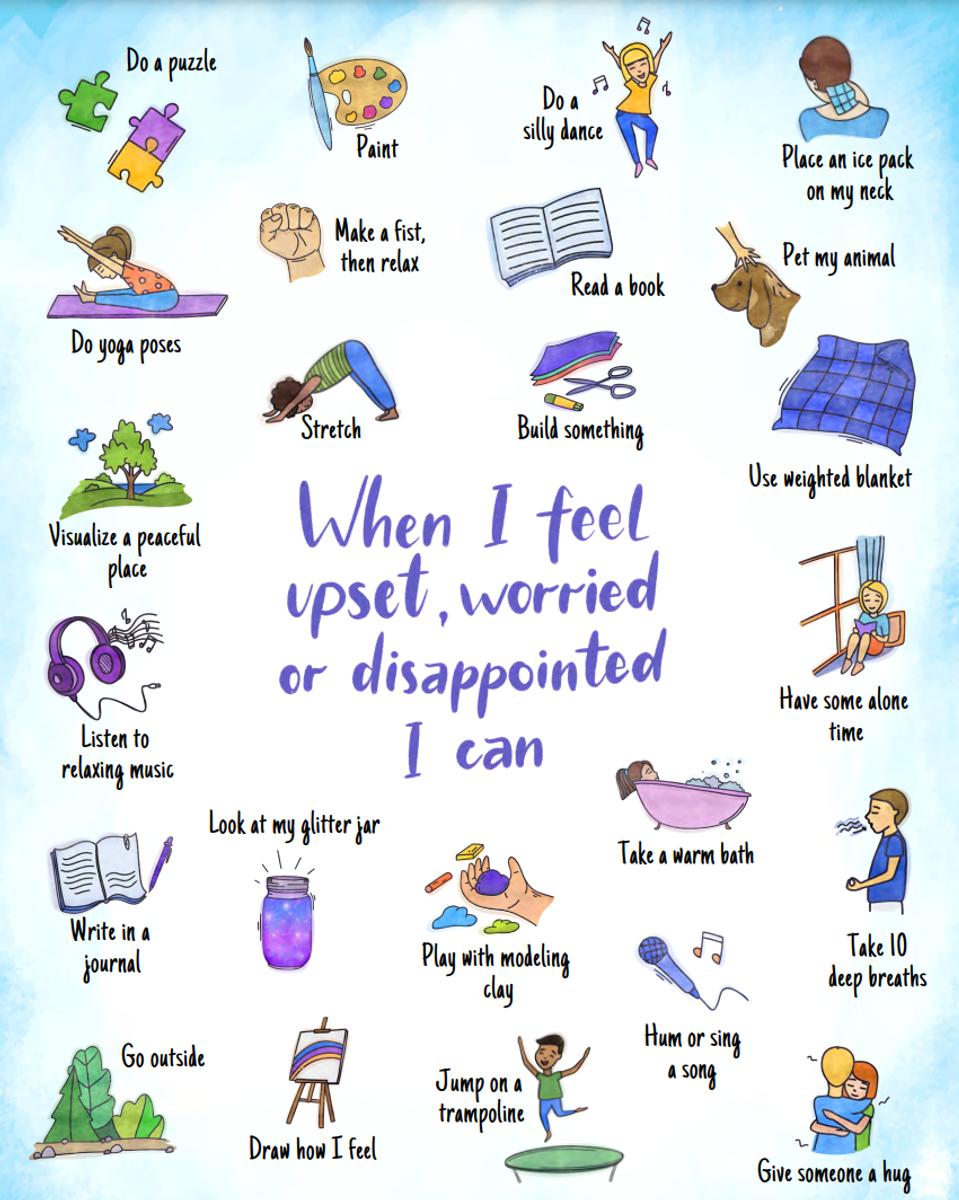Student Wellbeing
Mental Health in Schools
Ginette D'Souza & Elizabeth Hopper

Student Wellbeing
Mental Health in Schools
Ginette D'Souza & Elizabeth Hopper


Dear families,
Social communication and interactions in various contexts are common challenges faced by young children, therefore, development of social skills and supporting students to learn how to get along with others is important. Well-developed social skills help set children up for life and lead towards improved mental capacity and cognitive abilities, as well as good overall mental health.
In Term 2, School of The Good Shepherd will be kicking off Social Skills Development Sessions beginning in Week 3. Participation in these sessions will be on a ‘needs’ basis, as the sessions have specific outcomes which are targeted to suit specific skill development. Sessions will include a variety of spontaneous game based experiences along with structured learning sessions. Students will have the opportunity to observe, listen, explore and discuss. This will allow them to develop important skills in respectful communication, problem solving, resolving conflict, sharing, kindness and empathy.
We look forward to supporting our students to build on their social skills and work towards maintaining, developing and forming respectful friendships.
Please feel free to call or email Elizabeth Hopper or Ginette D’Souza if you have any questions.
Elizabeth Hopper(Mental Health in Primary School): ehopper@sogsgpark.catholic.edu.au
Ginette D’Souza(Wellbeing and Child Safety Leader): gdsouza@sogsgpark.catholic.edu.au


How can I help?
10 strategies to try to support your child when they are feeling anxious.
1. Start by slowing down
Encourage your child to take some slow, deep breaths to calm the physical effects of anxiety. Practice together by breathing in for three seconds, holding for three seconds, then out for three. Once they're feeling a bit calmer, you can talk through what's worrying them.
2. Make time to worry
Setting aside some designated time to deal with worries can stop anxious thoughts from taking over. Try creating a daily ritual called ‘worry time’, and encourage children to draw or write down whatever is bothering them. You can make the activity a bit more fun by decorating a ‘worry box’ or building a ‘worry wall’ out of post-its. When the time is up – after 10 to 15 minutes – shut the worries up in the box or tear them off the wall and say goodbye to them for the day.
3. Climb that ladder
Instead of skirting the scary situation, you could try a technique called ‘laddering’ – breaking down worries into manageable chunks and gradually working towards a goal.
Let’s say your child is afraid of water and swimming. Instead of avoiding the pool, create some mini-goals to build their confidence. Start out by just sitting and watching other children swimming. As they feel more comfortable get them to try dangling their legs in the water, then standing in the shallow end, and so on.
4. Encourage positive thinking
Children with anxiety often get stuck on the worst-case scenario or 'what ifs' in any situation. You can help them shift these thinking patterns by:
5. Have a go
Anxious children often worry about making mistakes or not having things perfect. This can lead to them avoiding situations or activities – they’d rather sit out than get it wrong. Emphasise giving new things a try and having fun over whether something’s a success or failure.
6. Model helpful coping
Don’t just tell your child how to overcome emotions – show them. When you get anxious or stressed, verbalise how you’re coping with the situation: “This looks a bit scary, but I’ll give it a go.” And hey, you might even knock off one of your own fears.
7. Help your child take charge
Think about what you can do to make your child feel like they have some control over the scary situation. For example, if your child gets anxious about intruders, make shutting and locking their bedroom window part of their night-time responsibilities.
8. Be upfront about scary stuff
Many children have worries about death, war, terrorism or things they see on the news. This is all really normal. Talk through their fears and answer any questions truthfully. Don’t sugar-coat the facts – try and explain what’s happening in a way that puts their fears in perspective.
9. Be BRAVE
Check out BRAVE – a free online program to help children cope with worries and anxiety. There’s a tailored version for younger children (eight-12), one for teens (12-17) and an accompanying program for parents.
10. And finally, check your own behaviour
Children pick up all sorts of signals from the adults in their lives, so have a think about the messages you’re sending. Over-protective family members can inadvertently reinforce children’s fears that the world is a dangerous place where everything can hurt you. Similarly, parents who ‘over-help’ are subconsciously telling their child that they can’t do anything without adult support.If you’re prone to ‘helicoptering’, try taking a step back and waiting next time before you jump in. It can be hard seeing your child distressed, but figuring things out for themselves is an important step in building resilience.
Remember, the goal for most children isn't to eliminate anxiety completely. It's really about giving them the skills to manage anxiety so it doesn't get in the way of enjoying life.
Find more information at https://healthyfamilies.beyondblue.org.au/age-6-12/mental-health-conditions-in-children/anxiety/strategies-to-support-anxious-children
Smiling Mind -
This is a fantastic free resource that families can use to help their children regulate their body when they are feeling anxious or worried. It is also a wonderful resource that we use in the classroom to help students engage in mindfulness and move into the green zone and be ready to learn. The Smiling Mind program is available on the website below or via the app and can be used by children and adults.
https://www.smilingmind.com.au/







